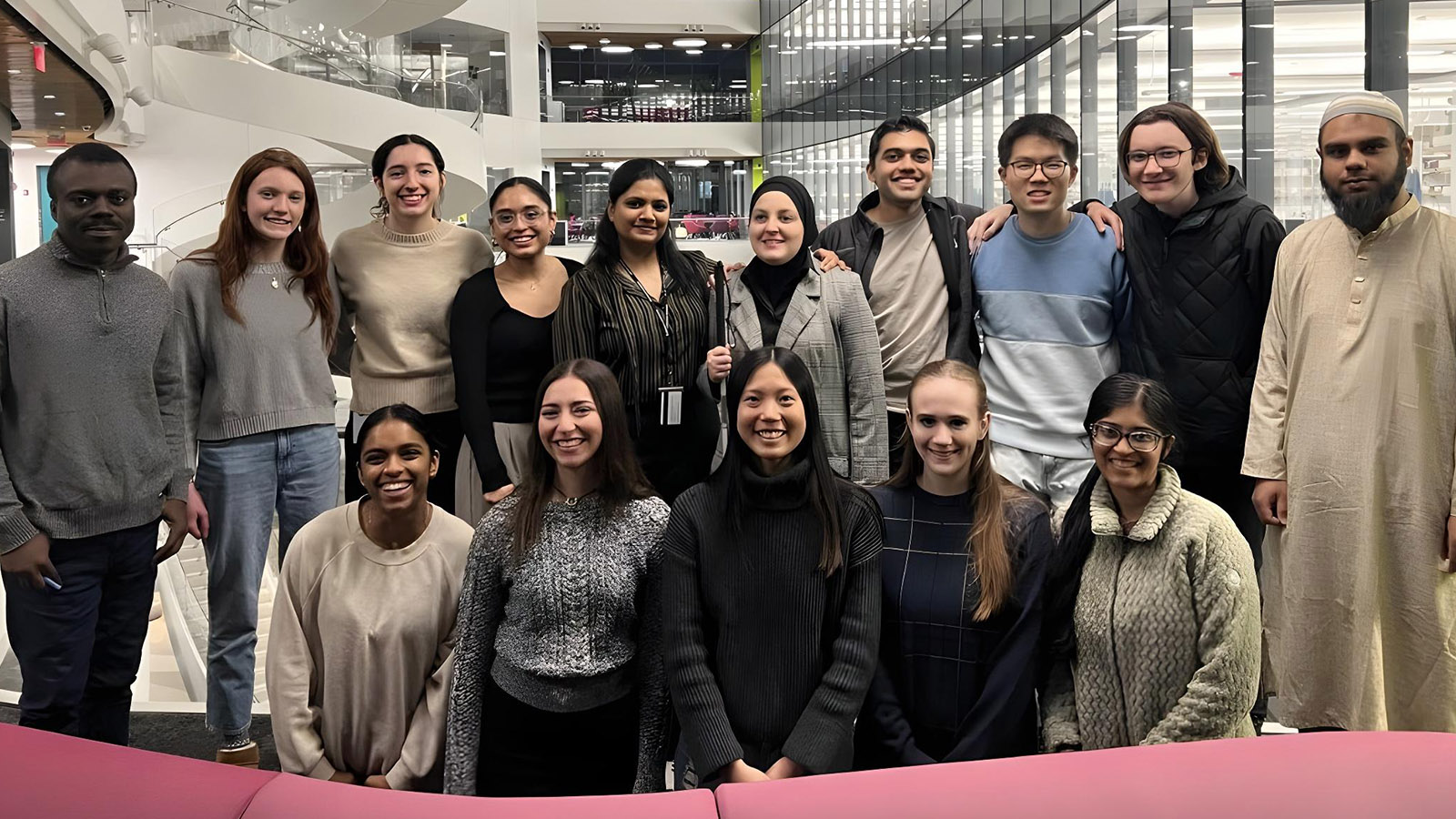

At the COMBINE Lab, researchers are uncovering how certain immune system proteins—called collectins—recognize and bind to sugars found on the surfaces of harmful microbes. These proteins, like surfactant protein D (SP-D), play a key role in our body’s first line of defense, especially in the lungs. By understanding how they interact with pathogens such as influenza and Pseudomonas aeruginosa, the team is helping design new proteins that could better target and neutralize these threats.
To do this, the lab uses advanced computer simulations to model how collectins behave in watery environments—just like inside the human body. In a recent study featured on the cover of the Journal of Chemical Information and Modeling, the team tested five different water models to see which best captured the subtle interactions between SP-D and a sugar molecule called trimannose. Their findings showed that newer, more physically accurate models (like OPC and TIP4P/2005) gave much better results than older ones still commonly used.
These insights are more than just technical improvements—they lay the groundwork for designing better treatments and drug delivery systems that rely on precise molecular targeting.
But the COMBINE Lab isn’t just pushing the boundaries of science—it’s also working to make that science more accessible. With support from the NIH and NSF, the team is developing multisensory tools that allow blind and visually impaired researchers to explore molecular structures through sound and touch. This work bridges chemistry, biophysics, and inclusive innovation, opening doors for more people to contribute to cutting-edge research.
By improving both the accuracy of molecular simulations and the accessibility of scientific tools, the COMBINE Lab is helping shape a future where science is both more powerful and more inclusive.
The COMBINE Lab’s scientific research is supported by the NIH MIRA and NSF CAREER awards, which advance understanding of surfactant protein–glycan interactions and molecular modeling at biological interfaces. Complementary NIH SEPA and NIH ReWARD initiatives (in partnership with Baylor University) support the lab’s efforts to make this science more accessible through tactile and multisensory tools that allow blind and low vision researchers and students to explore molecular structures through touch.